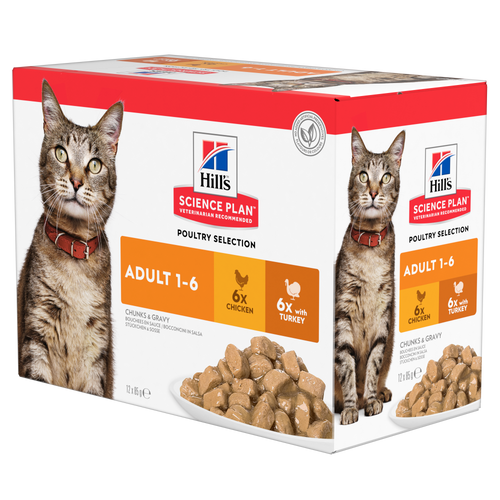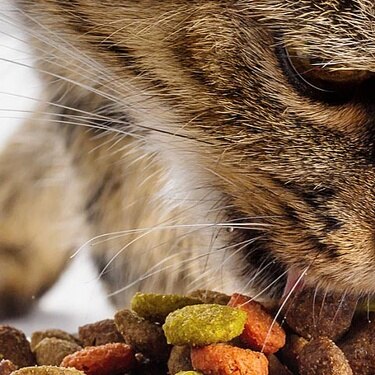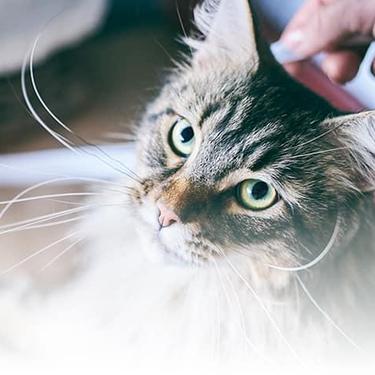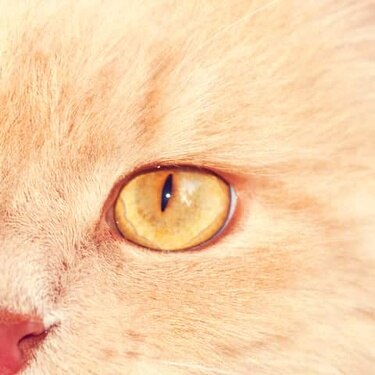
-
Find the right food for your petTake this quiz to see which food may be the best for your furry friend.Find the right food for your petTake this quiz to see which food may be the best for your furry friend.Featured products
 Mature Adult Dog Food
Mature Adult Dog FoodHill's Science Plan Mature Adult Multipack Wet Dog Food with Chicken & Beef are complete premium pet foods for mature adult dogs from 7 years. Your dog will love these deliciously smooth and savoury minced loaves, formulated to deliver the appropriate amount of energy to support the needs of adult dogs.
Shop Now Adult Wet Dog Food with Beef
Adult Wet Dog Food with BeefHill's Science Plan Adult Multipack Wet Dog Food with Chicken, Beef & Turkey are complete premium pet foods for adult dogs from 1 year. Your dog will love these deliciously smooth and savoury minced loaves, formulated for balanced nutrition and overall health.
Shop Now Puppy Food
Puppy FoodHill's Science Plan Puppy Multipack Wet Dog Food with Chicken & Beef are complete premium pet foods for growing puppies from weaning until 1 year old and for pregnant and nursing dogs. Your puppy will love these deliciously smooth and savoury minced loaves, formulated for balanced nutrition and overall health.
Shop NowFeatured products Mature Adult Wet Cat Food with Chicken
Mature Adult Wet Cat Food with Chicken
Tender chicken chunks in gravy for mature adult cats. Made with easy-to-digest ingredients, high-quality protein for lean muscle maintenance and antioxidant vitamins C+E for optimal health.
Shop Now Adult Multipack Wet Cat Food with Beef, Ocean Fish & Chicken
Adult Multipack Wet Cat Food with Beef, Ocean Fish & ChickenTender chunks in gravy for cats, with high-quality protein to maintain lean muscle. With vitamin E and omega-3s & -6s for healthy skin and balanced minerals to support healthy vital organs.
Shop Now Light Adult Multipack Wet Cat Food with Chicken & Ocean Fish
Light Adult Multipack Wet Cat Food with Chicken & Ocean FishTender chicken chunks in gravy for cats, with L-carnitine and fewer calories for ideal weight management. Packed with high-quality protein, omega-6s, and vitamin E for shiny fur and healthy skin.
Shop Now -
Dog
- Dog Tips & Articles
-
Health Category
- Weight
- Food & Environmental Sensitivities
- Urinary
- Digestive
- Joint
- Kidney
-
Life Stage
- Puppy Nutrition
- Adult Nutrition
- Senior Nutrition
Cat- Cat Tips & Articles
-
Health Category
- Weight
- Skin & Food Sensitivities
- Urinary
- Digestive
- Kidney
-
Life Stage
- Kitten Nutrition
- Adult Nutrition
Featured articles Show some love with wet foods: a great choice for pets with health issues
Show some love with wet foods: a great choice for pets with health issuesShow some love with wet foods: a great choice for pets with health issues.
Read More The Right Diet For Your Pet
The Right Diet For Your PetIn people, the right diet is very important. If you are eating the wrong way for your metabolism, activity level, age and lifestyle you could end up with health issues.
Read More The Incredible Science Behind Your Pet's Microbiome
The Incredible Science Behind Your Pet's MicrobiomeLearn what your pet's microbiome is, how it contributes to your pet's gut and overall health, and why nutrition is important in maintaining healthy microbiomes.
Read More -


You may catch your cat licking their paws or chewing on themselves from time to time. Self-grooming is a trademark characteristic of most cats that begins right after birth. Mothers lick their kittens to clean them, provoke urination and suckling, provide comfort, and strengthen their bond. At 4 weeks of age, kittens begin grooming themselves, and shortly thereafter start grooming their mother and littermates. This self-grooming and mutual grooming (referred to as allogrooming) continues into adulthood.

All the right parts
Cats are flexible, strategic, and well-equipped for grooming. Everything from the rough surface of a cat's tongue to sharp teeth, comb-like paws, and forepaws add up to a finely tuned grooming machine. A cat can even use their front paws to stimulate tiny oil glands on the head. The oil is a cat's "perfume" and is spread all over the body.
Why do cats groom?
Cats groom themselves not only to keep clean, but for several other health reasons:
- To regulate body temperature
- To keep their coat clean and smooth by distributing natural skin oils
- To stimulate circulation
- To cool down through evaporation of saliva
- To eliminate parasites, infection, and allergies
- To prevent hairballs (Click here for more about dealing with cat hairball problems)
- Displacement behaviour: feels embarrassed, anxious, or as though in a conflict


Tasty Tips
Compulsive grooming
Does your cat seem to be licking, biting, or nibbling incessantly? Keep in mind that most cats spend between 30 and 50 percent of their day grooming themselves. But if you start to notice obsessive grooming, hair loss, or skin lesions, it may be time for a visit to the vet.
Compulsive grooming may be the result of a medical condition. It could indicate a neurological disorder, flea infestation, parasites, or a psychological disorder. Stress often causes cats to develop compulsive disorders like excessive grooming early in life. Events like moving, home renovations, a new pet or family member, separation anxiety, and lack of stimulation can trigger these behaviours. Because self-grooming soothes and calms cats they will want to do it every time they’re faced with a conflict. If the behaviour is not addressed, it can result in self-inflicted injury. For instance, psychogenic alopecia, or fur plucking, is a common condition that includes hair thinning, balding, and skin infections.
Under-grooming
Regular self-grooming will help your cat look good and feel good, but if they become ill self-grooming may stop. This could be a sign of arthritis, pain, or dental problems. Cats who are taken away from their mothers too early may also not know how to properly clean themselves.
Watch for these warning signs of under-grooming:
- A harsh or greasy coat
- Small mats of fur on body or tail
- Staining on the paws from urine or residue
- Foul smell
- Food particles on face or chest after meals
To encourage your cat to begin grooming, start by brushing daily. Brushing stimulates the skin and blood circulation, and gets rid of fleas and ticks. When your cat starts grooming try not to interrupt. It’s important for your cat, so let them make the most of it.


One of our staff authors prepared this article for you
Related products


Tender chunks in gravy for cats, with high-quality protein to maintain lean muscle. With vitamin E and omega-3s & -6s for healthy skin and balanced minerals to support healthy vital organs.

Tender chicken chunks in gravy for mature adult cats. Made with easy-to-digest ingredients, high-quality protein for lean muscle maintenance and antioxidant vitamins C+E for optimal health.

Tender chicken chunks in gravy for cats, with L-carnitine and fewer calories for ideal weight management. Packed with high-quality protein, omega-6s, and vitamin E for shiny fur and healthy skin.
Related articles

From essential vitamins & minerals to different types of meat, learn what to look for when choosing the best cat food for your feline.

Learn how to make homemade cat treats that are healthy for your pet with this recipe from Hills Pet Nutrition.

There are three common ways to feed a cat. Each way has its advantages and disadvantages.

Chocolate is known to be poisonous for dogs, but it can also be toxic for cats. Learn why chocolate is bad for cats & what to do if she's eaten it.

Put your cat on a diet without them knowing
Our low calorie formula helps you control your cat's weight. It's packed with high-quality protein for building lean muscles, and made with purposeful ingredients for a flavourful, nutritious meal. Clinically proven antioxidants, Vitamin C+E, help promote a healthy immune system.
Put your cat on a diet without them knowing
Our low calorie formula helps you control your cat's weight. It's packed with high-quality protein for building lean muscles, and made with purposeful ingredients for a flavourful, nutritious meal. Clinically proven antioxidants, Vitamin C+E, help promote a healthy immune system.

